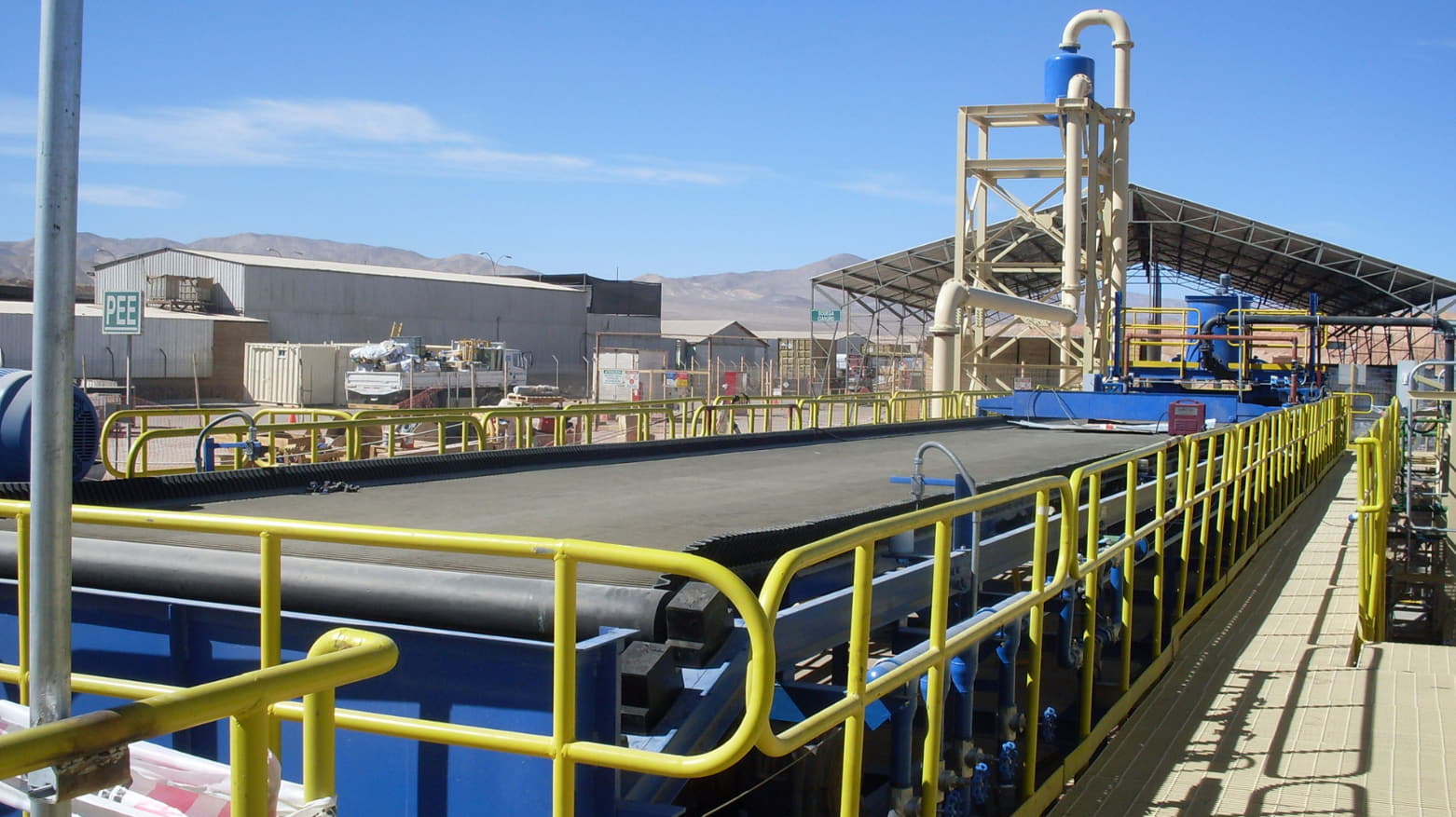
The concept of horizontal belt filters has long been a cornerstone in industries ranging from mining to wastewater treatment. It offers efficient solid-liquid separation.
Over the years, these filters have undergone significant advancements, revolutionizing their functionality and performance.
Understanding the Concept of Horizontal Belt Filters:
Horizontal belt filters operate on the principle of gravity drainage and mechanical pressure to separate solids from liquids. A slurry is fed onto a horizontal filter solution belt, which carries the solids as the liquid drains through the belt.
The belt passes over a series of rollers, facilitating the drainage process. Finally, the solids are washed, dried, and discharged, while the filtrate is collected for further processing or disposal.
Applications of Horizontal Belt Filters Across Industries:
Horizontal belt filters find applications across diverse industries, including mining, chemical processing, food & beverage, and wastewater treatment.
In mining, these filters are used for dewatering ores and tailings, maximizing the recovery of valuable minerals while minimizing water usage.
In chemical processing, they aid in the separation of solid catalysts from liquids, ensuring product purity. Moreover, horizontal filter solutions belts play a crucial role in wastewater treatment plans, facilitating the removal of sludge & achieving regulatory compliance.
Evolution of Horizontal Belt Filters:
The evolution of horizontal belt filters has been marked by continuous innovation aimed at enhancing efficiency, reliability, and sustainability.
Initially, these filter solutions relied solely on gravity drainage, limiting their throughput and dewatering capabilities. However, advancements in design, materials, and automation have led to significant improvements.
Enhanced Design and Materials of Horizontal Belt Filters:
Modern horizontal belt filters feature advanced designs that optimize filtration efficiency and throughput. Improved belt materials, such as synthetic fabrics and stainless steel, offer superior durability and chemical resistance.
This extends the lifespan of the filters. Additionally, innovative belt tracking systems ensure precise alignment, minimizing wear & maintenance requirements.
Automation and Control Systems of the Horizontal Belt Filters:
Automation plays a pivotal role in maximizing the efficiency of horizontal filter solutions. Advanced control systems monitor key parameters such as belt speed, slurry density, and cake thickness. This enables real-time adjustments to optimize performance.
Integration with SCADA (Supervisory Control and Data Acquisition) systems allows for remote monitoring and troubleshooting. This reduces downtime and enhances operational reliability.
Conclusion
The horizontal belt filters have evolved into indispensable tools for solid-liquid separation across various industries.
As industries strive to optimize their processes and minimize environmental impact, horizontal belt filters will continue to play a crucial role in achieving these objectives.
